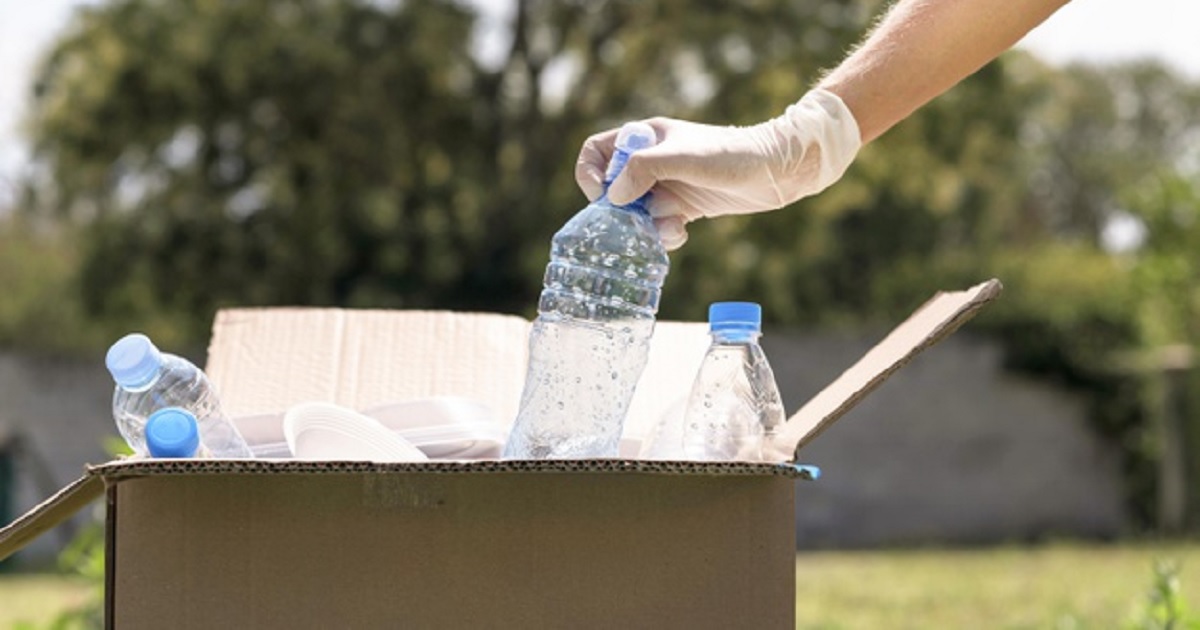
Chemical Management
Article | July 13, 2021
Over the next five to seven years, the chemical sector will place a greater emphasis on sustainability, and digitization will play a significant part in this. Reducing resource use, pollution, energy consumption, and waste are some of its main applications. Additionally, it will increase demand for a circular economy supported by IoT, AI, and other digital technologies.
Some of the systems now in place or being used in the sector include autonomous solutions that enable lower energy usage, dispatching systems for effective logistics and strategies for sustainable power and fuel consumption.
Chemical players making the switch to digital platforms have a chance to triumph if they move swiftly and update their operational models in accordance with a few common success characteristics. In fact, according to our study, making the correct decisions can increase total earnings before interest, taxes, depreciation, and amortization by 3 percent or more (EBITDA).
The Next Step of Operational Excellence
The same level of transformation is available with digital technology for optimal performance, together with success-enabling measures. The same level of corporate participation and realignment will also be necessary for the effective implementation of digital technology.
Finance and telecoms were early leaders in adopting digital technology faster than the chemical sector, which has just recently started to move in more significant numbers toward digitalization.
A circular economy in the sector is also being enabled by the use and evaluation of digital technology. The "Right to Fix" movement is being driven by governments and legislators in Europe and the US, and small and medium-sized businesses in the industry are expected to invest in technology that makes it easier to repair electronic items with the least amount of waste.
On a side note, by enabling the re-use of resources and products throughout the supply chain, digitalization with lean manufacturing (LM) would enable businesses to improve operational excellence and create value, thereby supporting the circular economy goal.
Conclusion
Given its extensive safety and regulatory requirements, the chemical sector has evolved slowly. However, as the global economy changes, some skills will become obsolete and others essential.
The interconnectedness of people, processes, and technology, as well as the requirement for real-time insight at the levels closest to the action, are among the basic principles of Industry 4.0. These values have existed for some time and are an extension of our teams' current operational excellence initiatives.
Digital transformation is not a technology endpoint but rather the following stage in the process and business evolution as the chemicals industry advances continuously.
Read More

Chemical Management
Article | July 22, 2021
MAY 2021 ///Vol 242 No. 5
FEATURES
Organic Oil Recovery improves productivity of existing reservoirs
A transitional technology producing excellent results in extracting hard-to-reach oil is attracting the attention of many large operators. Ancient, resident microbes are used to liberate large oil deposits in depleted reservoirs, thanks to science uncovered by studying the humble Australian koala.
Roger Findlay, Organic Oil Recovery
It began in almost outlandish fashion, with a scientist’s fascination with the complex digestive system of an Australian marsupial, the koala. Today, it has evolved into a green technology that is helping major producers around the world potentially reach billions of dollars of oil that they feared they could never access or bring to the surface.
As the pressure on the oil and gas industry continues to grow, to find new ways to operate with less impact on the environment, Organic Oil Recovery (OOR) is reducing the need for further exploration. Instead, it is helping producers focus on the reservoirs already in situ to extract even more precious resource—at very low cost—from deep below the ground or seas, across a myriad of jurisdictions and geographies.
Read More

Chemical Management
Article | July 14, 2022
SEE THE END section of this blog post for a dystopian version of our environmental future. In a follow-up post – which I will publish on Thursday, 1 July – I will offer some suggestions about how we can avoid an outcome that nobody of course wants.Both posts are meant to be provocative, challenging and controversial because only through debate, and sometimes outright argument, will we get to the answers.
If you disagree after either or both posts have been published, great, that would be good. In fact, I would love to hear from you whatever your views at john.richardson@icis.com. The petrochemicals industry can do this; we can fix this if we create the right forums for ideas and then solutions.
Let me provide the background first. Let me start by examining developments in the refinery industry and the implications for petrochemicals as important background. Then I will look at a sample of ICIS petrochemicals demand growth forecasts for 2020-2040. I will conclude by providing the bleakest of bleak outcomes for the world in 2025
Read More

Chemical Technology
Article | August 2, 2022
From novel process technologies to sustainable plastics— the chemical industry is scaling up its digital initiatives. This has opened new doors for organizations to explore opportunities to increase efficiency and streamline the process.
Admittedly, the chemical industry has been a little slower in implementing digital transformation. But COVID-19 has vastly increased the momentum of digitization among chemical plants.
According to a KPMG survey, 96% of industry CEOs saw digital transformation accelerate in their organizations, with 48 percent saying it advanced by a few years. In addition, according to a recent Manufacturing Leadership Council (MLC) survey, 82% of respondents agreed that the pandemic had "created a new sense of urgency" in driving investment in new technologies and digitalization.
Digital transformation solutions offer tremendous potential in the chemical sector. It can play a significant role in driving more value. So let's dig deeper and look at key technologies in bringing digital transformation to the chemical industry.
Circular Economy
Chemical manufacturers cannot exist within their own four walls any longer. They recognize the importance of working with their customers and other businesses and organizations to conserve resources and protect the environment. Chemical companies may source raw materials from recyclers as part of a circular economy, which necessitates fool proof solutions to confirm their quality and availability. Circular economy consortiums may advocate for reducing environmental threats such as ocean plastics or exposure to hazardous chemicals, opening up new avenues for innovation.
Customers are constantly looking for new ways to reduce waste and protect their ecosystems. For example, farmers may benefit from solutions that can instantly analyze soil quality, weather, and crops to determine the best products and schedule for applying fertilizers, crop protectants, or new seeds. Using this data, they use only what they need, generate less waste, and maximize output.
Error-Proof Operations
Chemical firms are also embracing technology to achieve operational excellence. They've discovered the benefits of using machine learning andIoT technologies to automate standard back-end processes. Technologies such as these reduce the need for human intervention — and thus the possibility of human error. Blockchain technology can also significantly reduce counterfeit chemicals' use, which is especially important for chemical manufacturers who supply products to the pharmaceutical or agricultural industries. In addition, blockchain technology can enable track-and-trace processes that require less work and waste while protecting the enterprise's reputation.
Staying Sharp in the Dynamic Market
Staying agile in an uncertain M&A environment is a top priority for some businesses. For example, chemical firms must be able to quickly divest assets, adjust portfolios, and adapt operations in response to market changes. Technology can provide executives with the visibility into operations, shipments, and market conditions required to make critical decisions and remain agile.
Data Analytics
The chemical industry is leveraging cloud-based storage systems to store and share confidential data anytime and anywhere. Additionally, data analytics solutions can analyze all the data effectively to provide valuable insights to the industry. This will help you make meaningful decisions in real-time.
Read More